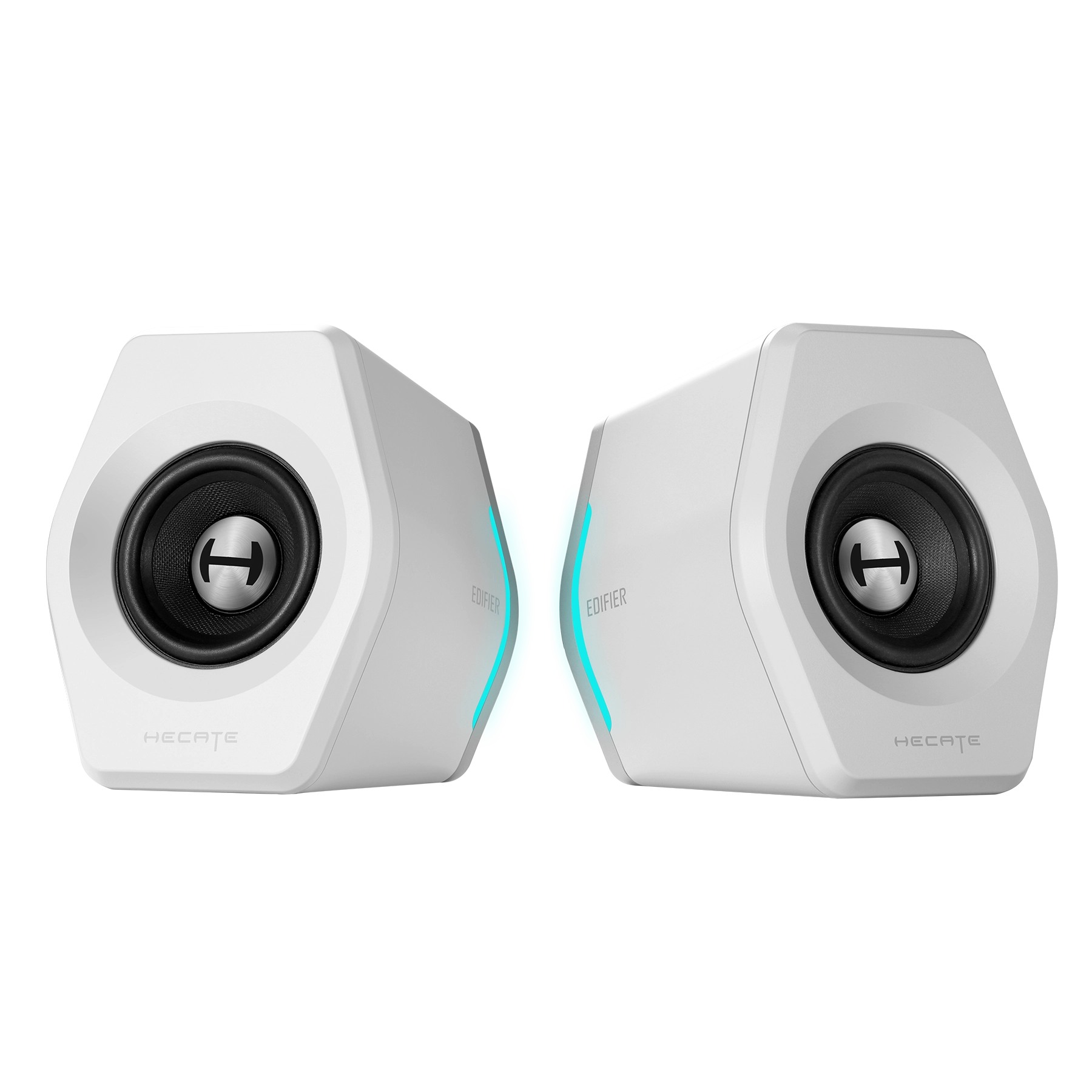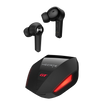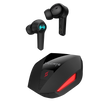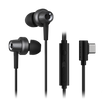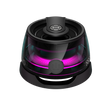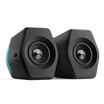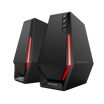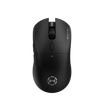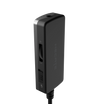Understanding the technicalities of 7.1 surround sound is key to appreciating its impact on the gaming experience. This technology is not just about adding more speakers, it's about how these speakers are utilized to create a three-dimensional audio landscape.

The Basics of 7.1 Channel Configuration
The "7.1" in 7.1 surround sound refers to the number of speakers and subwoofers used. The system comprises seven speakers and one subwoofer. The speakers are positioned around the listener: front left, front center, front right, side left, side right, rear left, and rear right. The subwoofer, which handles low-frequency effects, adds depth to the sound.
Sound Card and Audio Decoding
A crucial component in achieving the 7.1 surround sound effect is the sound card, like the CM108B. This sound card is responsible for decoding the audio data and distributing it across the different channels. The quality of the sound card significantly impacts the accuracy and clarity of the surround sound experience.
Virtual Surround in Headsets
While traditional 7.1 surround sound requires multiple physical speakers, gaming headsets often use virtual surround sound. This technology simulates the effect of multiple speakers through two headset drivers. Advanced algorithms process the audio to mimic the perception of sounds coming from different directions, creating an immersive 7.1 surround sound experience in a headset.
Dedicated Drivers for Precision Audio
High-end gaming headsets equipped with 7.1 surround sound often feature dedicated drivers for different audio frequencies - bass, mid, and treble. This separation allows for more precise sound localization and a clearer, more defined audio output. In fast-paced games, such precision can be crucial for detecting enemy movements and reacting quickly.
Immersive and Directional Audio
The combination of multi-channel speakers, advanced sound cards, and virtual surround algorithms results in a highly immersive audio experience. In gaming, this means being able to pinpoint the direction of sounds accurately, be it an enemy sneaking up from behind or an explosion happening to the side. This level of immersion not only enhances the gameplay experience but also provides a competitive edge in games where sound cues are critical.




